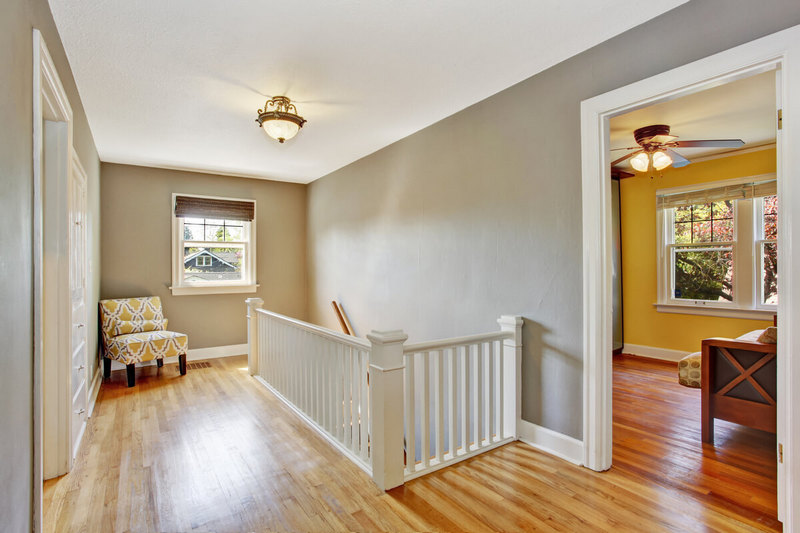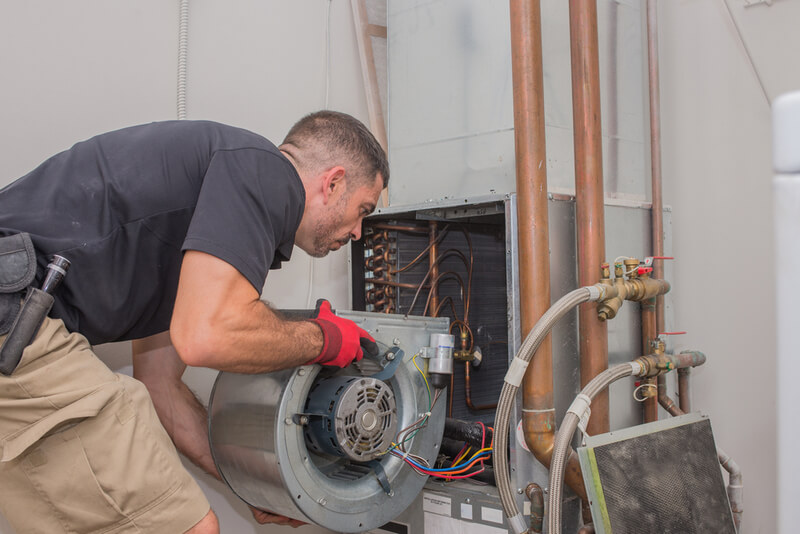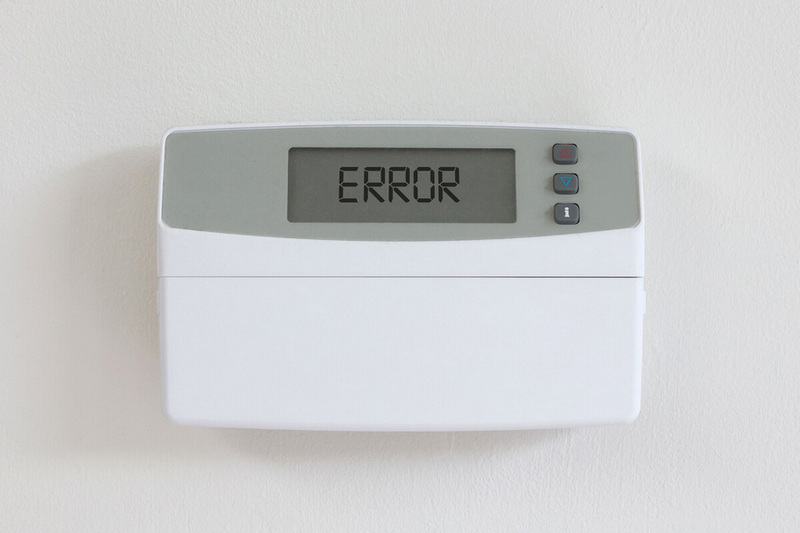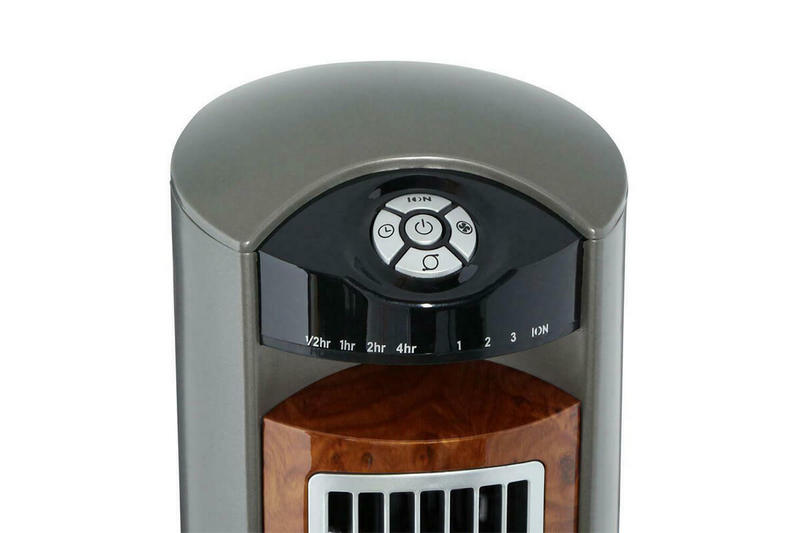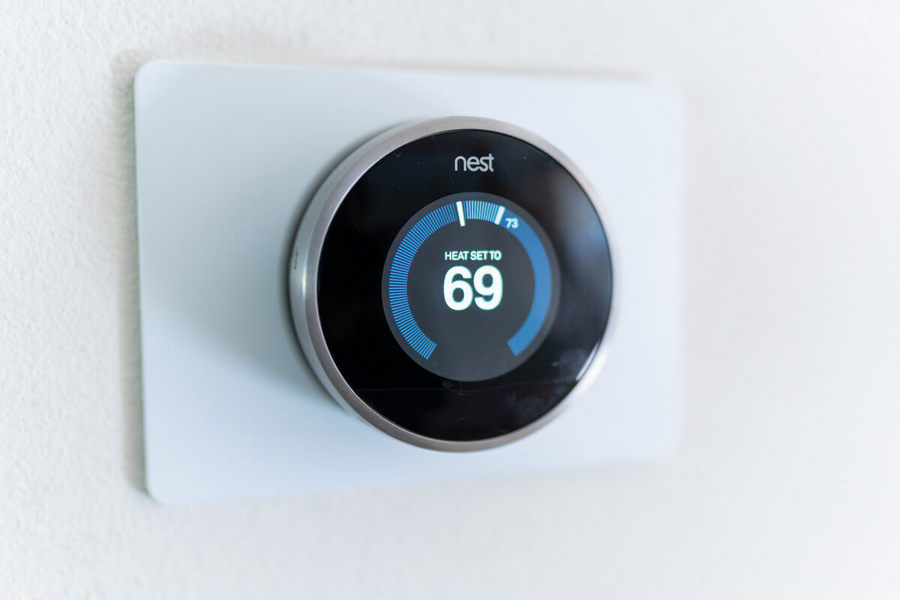If you own a two-story house, you may have noticed a temperature gap between the floors in summer. While the A/C is doing its best to keep the lower floor nice and comfortable, the upper one is much warmer. This temperature difference can be really irritating when you need to spend most of the day upstairs sweating while it is so comfortable on the first floor.
There are many reasons why this happens, but the main one is that cool air can’t get where it is needed. So, in this article, we will explain how you can increase airflow to the second floor.
Why Is Your Second Floor Hotter Than the First?
The physics and close proximity to the roof dictate two main reasons why upper floors get more heat. Without taking action, the problem will remain, and understanding it will help you resolve it.
Hot Air Rising Up
It is common knowledge that hot air rises up, while cold air goes down. This is precisely what happens at your house and why it is hotter upstairs. All the warm air in your house tends to wind up on the top floor. This includes heat generated in the kitchen and any electric appliances.
To deal with hot air on the upper floors, the HVAC system needs to cover more space in the house. Sometimes, it can’t cope with this task. Also, if a thermostat is situated on the lower floor, where the air is cooler, its temperature readings say that its job is done.
Roof Getting Hot Under the Sun
On hot summer days, the roof of your house gets hit the hardest by direct sunlight. Even if it’s partially covered by trees and with good insulation, it will get extremely hot. And, of course, a portion of this heat will find its way inside your house.
Things get worse if there is nothing to cast a shade on the roof (e.g. trees, other buildings) and the attic insulation is poor. In this case, there is close to no barrier between the sun heat and your upper floor rooms. If in the previous case, the temperature is warmer than downstairs, in this one, being on the upper floor, the summer can be unbearable.
Though it might be too late to reinsulate your attic, there are still ways to battle heat on the upper floors by increasing the airflow.
Check out our article about the pros and cons of installing a chimney cap.
How to Get More Airflow Upstairs?
There are several ways to redistribute air inside the house and get more cool air to the upper floors. Some are more radical and expensive, while others are cost-effective but can still do the job. Here are the things you can do to increase airflow to the second floor:
Install a Fan
This is the easiest and cheapest way to make your second floor cooler. If the airflow created by your air conditioner is good, but cool air can’t get up, a fan will help mix air masses and deliver more fresh air upstairs. An even distribution of fresh air using a ceiling fan will take little energy and might be an easy solution to the problem.
Install Bigger Return Duct and Vent on the Second Floor
Small return vents and ducts might be a problem if you have a large second-floor area. They may be insufficient to effectively remove all the hot air so it can be replaced by a cool one. If there is extra space where your vents and ducts are currently installed, you can make them bigger. This will increase air intake and help battle heat on the second floor.
Unfortunately, not every house is designed to support bigger vents than initially intended. If there is no extra space available, you will have to abandon this option.
Install More Vents
If a previous option is not available to you, there is always a possibility to add new return vents and ducts instead of extending existing ones. You can add smaller vents to the existing ductwork to effectively remove hot air by increasing intake. Placing vents in every upper floor room may be an ideal solution.
Inspect and Fix Ductworks
Faulty ductwork can prevent duct air conditioners from supplying enough cool air upstairs. Problems with it can be caused by:
- leaks
- clogged air filters
- furniture and other objects blocking vents
You can easily check the last list item by going around the house to make sure nothing stands in front of the vents. To locate and fix the other problems, you should hire a professional unless you have the needed skills and experience.
Run Your A/C in Fan Mode
In fan mode, an air conditioner will keep circulating the air even if it is not cooling it. This will ensure constant airflow to the upper floors and help cool them. If even with this setting on the airflow is still low, there may be a problem with the fan. You can check it by turning on the fan mode while leaving the A/C off.
Switch to Regular A/C
If duct air conditioning doesn’t seem to work for your house, maybe, it is better to switch to regular ones. They will eliminate the possibility of malfunctioning vents and will certainly deliver the air where they are installed. Also, they are more cost-effective and flexible in terms of installation since you won’t need to find space to lay vents.
Are you curious to know how to properly vent a bathroom without a window? To find out more, check out our post here.
Conclusion
The reasons behind the higher temperature on the second floor in summer are rising hot air and heat coming from the roof. Since there is little to be done with the laws of physics, increasing airflow to the second floor is the key to battling this problem.
There are many ways to do so, starting with running your A/C in a fan mode to installing more vents or switching to another air conditioning system. Another option is to add more insulation to your roof if that is the case.

